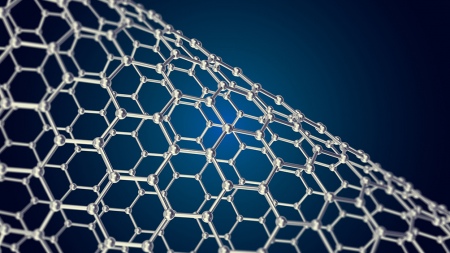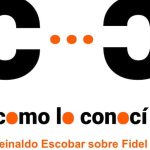Spanish scientists developed a living material with active intelligent microstructures to carry out cell cultures that emulate living tissue such as the heart for biomedical applications and soft robotics, it was reported this Wednesday.
The researchers used for the first time active materials sensitive to stimuli, leading to active biomimetic structures – emulating nature – with functions that can be digitally programmed.
The study, published in Advanced Materials, represents a discovery to make cell cultures that emulate living tissues accurately, indicated the Spanish Scientific Information and News Service (SINC).
“Manufactured with suitable materials, these structures could serve as mechanically active biomimetic scaffolds, as opposed to the passive ones currently used, providing, under adequate stimulation, a scaffold on which the cells grown on it feel the cyclical forces they experience in cells.” living tissues, for example, the heart,” explained the researcher Carlos Sanchez Somolinos.
This microfabrication platform is applied for the first time in the world to liquid crystal elastomers (elastic compounds), intelligent materials that mechanically respond to an external stimulus such as temperature.
researchers from @INMAdivulga obtain active intelligent microstructures that could be applied to perform cell cultures that emulate living tissueshttps://t.co/Bhxj9Cw6yT
— SINC (@agencia_sinc) December 21, 2022
In this sense, the presented methodology allowed ultrafine liquid crystal elastomer fibers to be digitally deposited with diameters of just a few microns (one millionth of a meter), compared to hundreds of microns obtained by conventional 3D printing.
As a result, they obtained microstructures of these materials with very small dimensions that until now were inaccessible with other structuring techniques.
The new technique surpasses current methodologies for microfabrication of these materials in relation to their size and control of molecular orientation, since it allows to obtain unprecedented intelligent microstructures with mechanical deformation on demand.
In this regard, Sánchez Somolinos pointed out that “this work gives us the opportunity to explore the small.”
The structures prepared with this new printing platform have an intelligent character, deforming in a controlled manner in the face of external stimuli, along with the ability to perform stresses and mechanical work potentially useful in fields such as soft robotics and biomedicine.
Currently, the electrowriting technique is used by researchers to prepare static scaffolds that mimic structural features found in native living tissues, such as the myocardium.


















